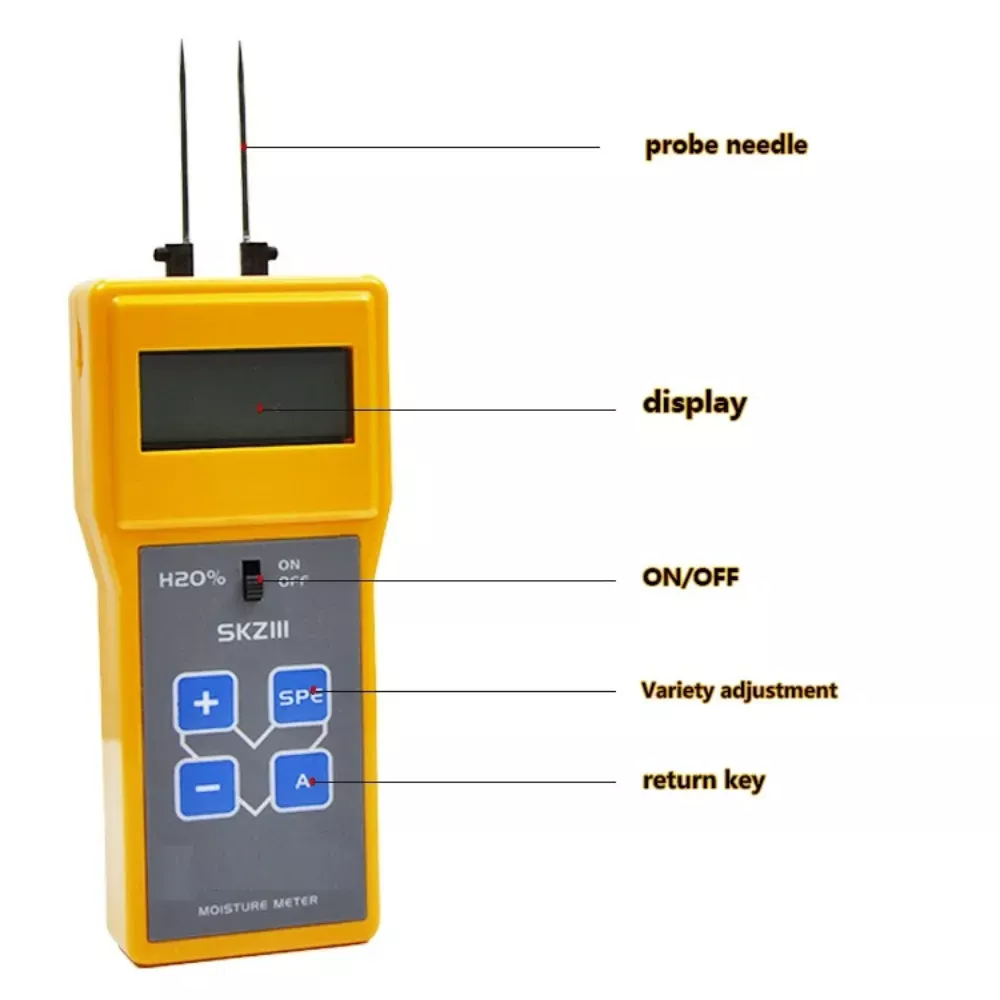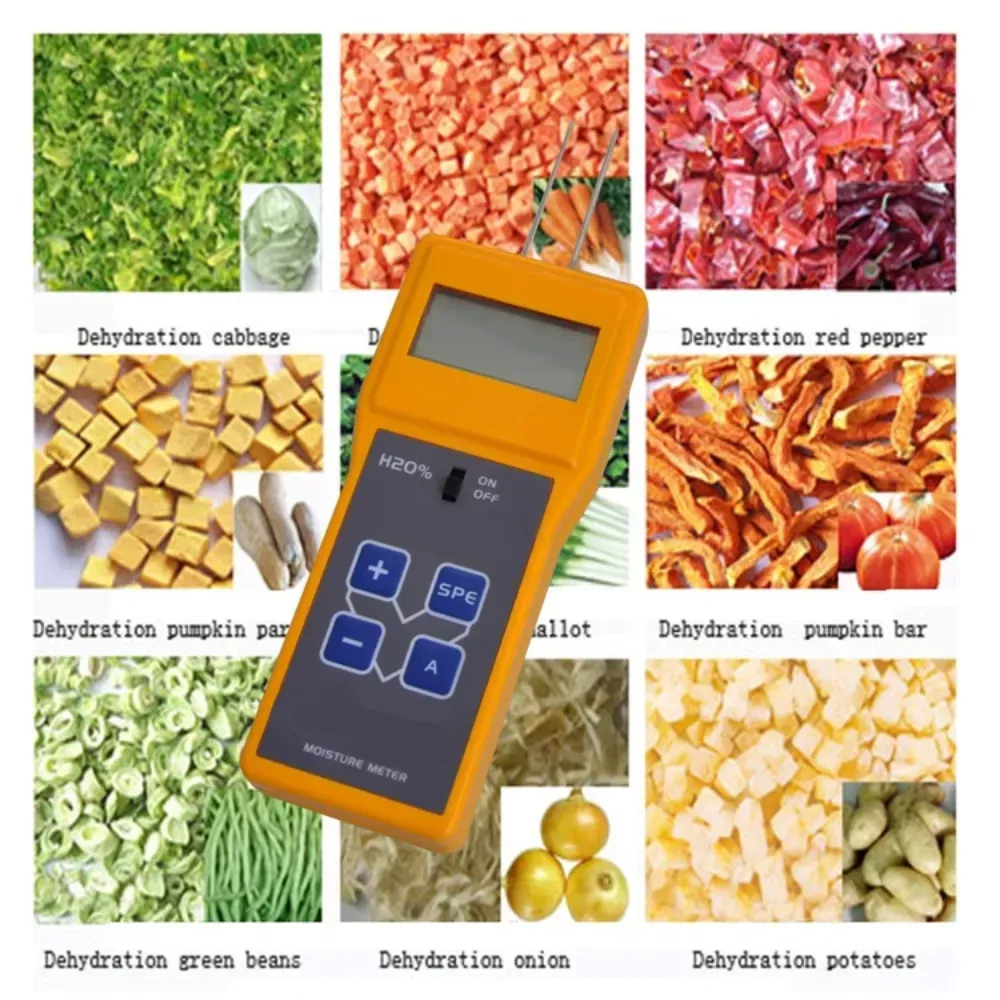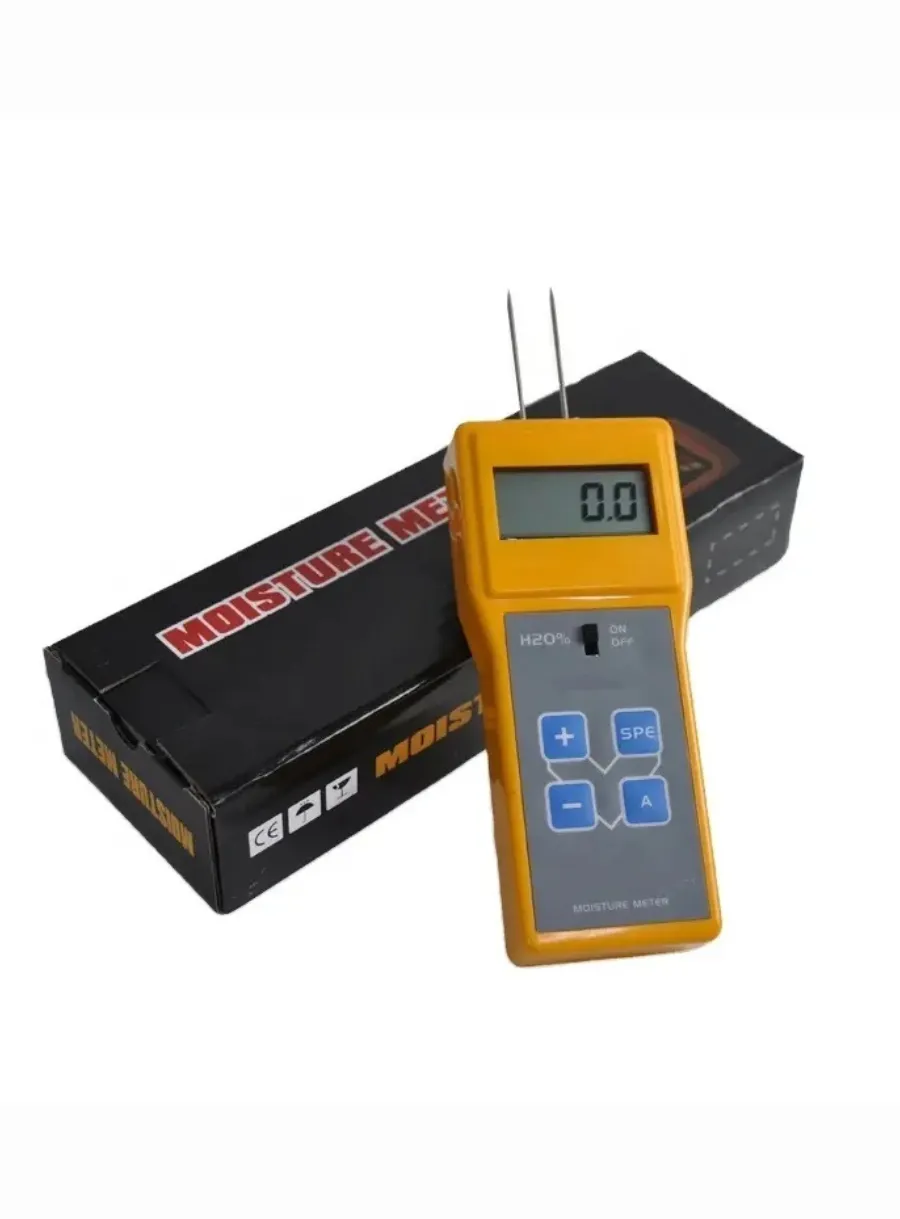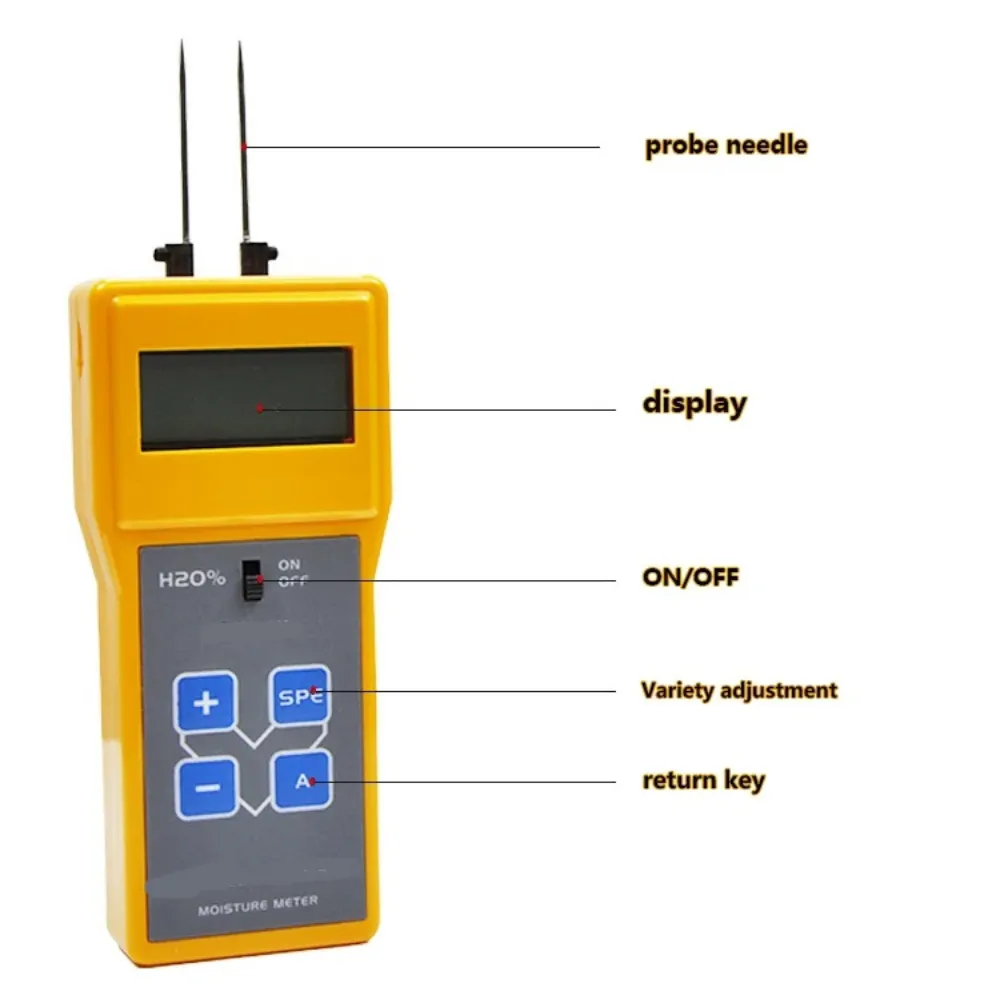
Guide on Moisture Measurement Equipment for Dehydrated Food
Table of Contents

The moisture content of these products directly impacts their quality, safety, and storage stability. Therefore, accurate and reliable moisture measurement techniques are essential for ensuring the optimal quality of dehydrated food products.
There are several methods available for measuring moisture content in dehydrated food, including gravimetric analysis, Karl Fischer titration, near-infrared spectroscopy (NIR), and time domain reflectometry (TDR). Each of these methods has its own advantages and limitations, and the choice of method depends on factors such as the type of food product, the required level of accuracy, and the available resources.

Gravimetric analysis is a simple and widely used method for moisture measurement in dehydrated food. In this method, a sample of the food product is weighed, dried in an oven or a vacuum oven, and then reweighed to determine the moisture content. The main advantage of gravimetric analysis is its simplicity and low cost. However, it can be time-consuming and may not be suitable for highly volatile or heat-sensitive food products.
Karl Fischer titration is another widely used method for moisture measurement in dehydrated food. This method involves the reaction of water with a reagent containing iodine, sulfur dioxide, and a basic solvent. The amount of water in the sample is determined by the volume of the reagent consumed during the reaction. Karl Fischer titration is highly accurate and can detect low levels of moisture, making it suitable for highly sensitive food products. However, it requires specialized equipment and trained personnel, which can be costly.
Near-infrared spectroscopy (NIR) is a non-destructive method for moisture measurement in dehydrated food. NIR involves the absorption of near-infrared light by the sample, which is then analyzed to determine the moisture content. NIR is fast, non-destructive, and can be used for a wide range of food products. However, it requires specialized equipment and trained personnel, and the accuracy of the method may be affected by factors such as sample size, shape, and color.
Time domain reflectometry (TDR) is another non-destructive method for moisture measurement in dehydrated food. TDR involves the transmission of an electrical pulse through the sample, which is then analyzed to determine the moisture content. TDR is fast, non-destructive, and can be used for a wide range of food products. However, it requires specialized equipment and trained personnel, and the accuracy of the method may be affected by factors such as sample size, shape, and electrical conductivity.
In conclusion, moisture measurement in dehydrated food is a critical aspect of the food processing industry. Several methods are available for measuring moisture content, including gravimetric analysis, Karl Fischer titration, near-infrared spectroscopy, and time domain reflectometry. The choice of method depends on factors such as the type of food product, the required level of accuracy, and the available resources. Accurate and reliable moisture measurement techniques are essential for ensuring the optimal quality of dehydrated food products, which in turn contributes to the overall safety and satisfaction of consumers.
Comments
Tags
Frequently Asked Question
Moisture measurement is crucial in dehydrated food because it directly impacts the product’s quality, safety, and storage stability. Accurate moisture measurement ensures optimal quality and contributes to consumer safety and satisfaction.
Karl Fischer titration is particularly suitable for highly sensitive food products. It is highly accurate and can detect low levels of moisture. However, it requires specialized equipment and trained personnel.
Non-destructive methods like NIR and TDR offer advantages such as speed, versatility, and the ability to preserve the sample. They can be used for a wide range of food products and are particularly useful for continuous monitoring in production settings.

